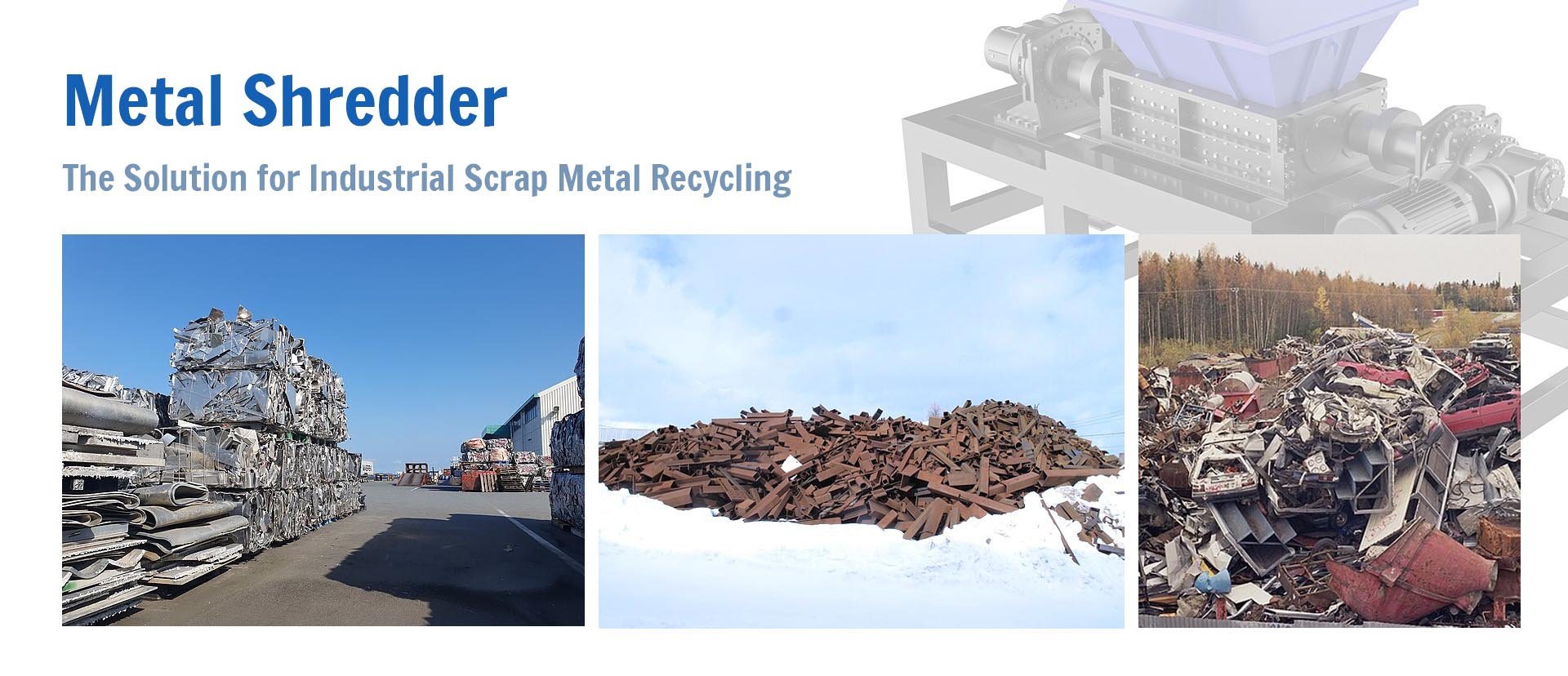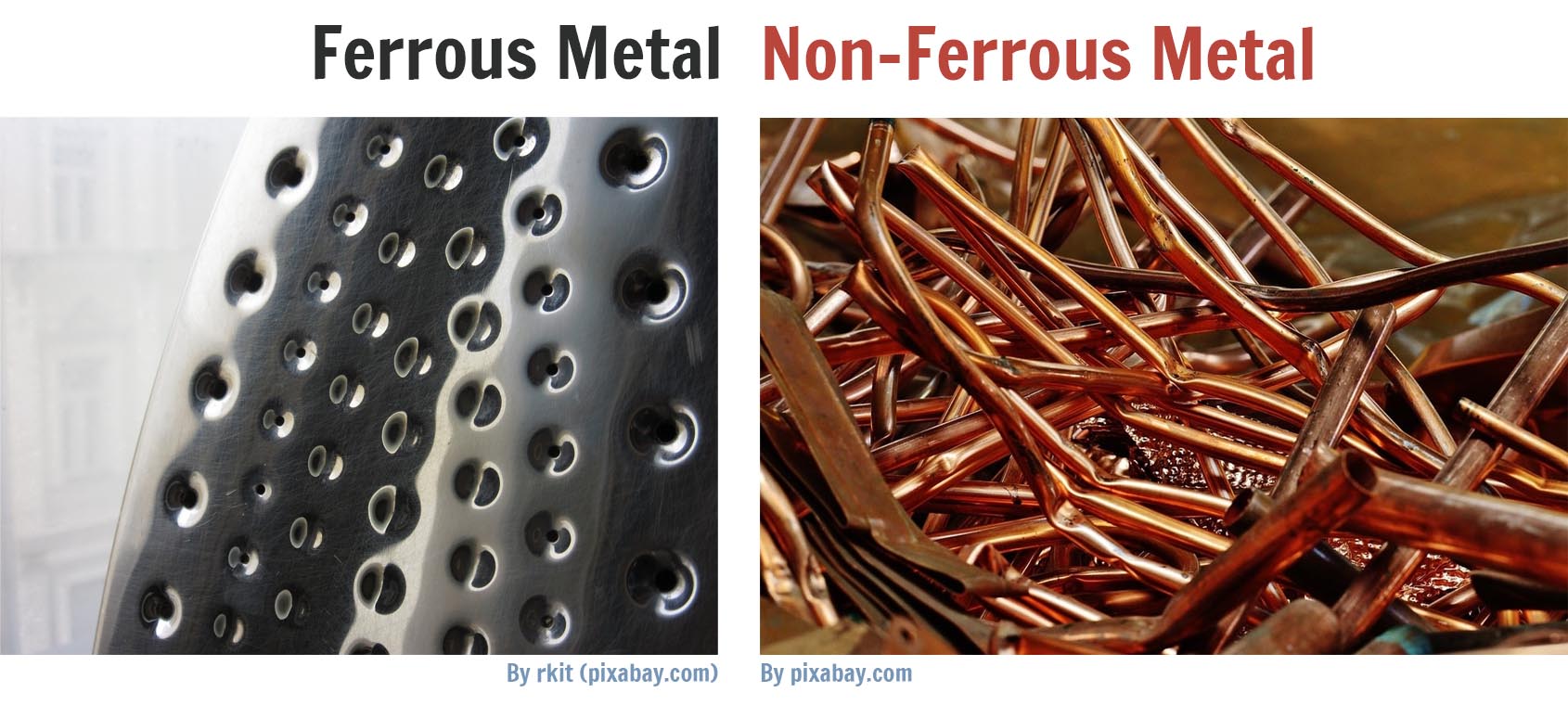Modern metal shredding technology has redefined industrial recycling capabilities, delivering unprecedented processing power combined with intelligent operational controls. These advanced systems are transforming scrap metal into high-purity raw materials while setting new benchmarks for efficiency and sustainability in material recovery operations.
The latest generation of shredders employs high-torque rotor designs that generate up to 300% more crushing force than traditional impact crushers. SSI's PRI-MAX series demonstrates this leap forward - its patented octagonal rotor with staggered hammers delivers 2.8 million newton-meters of torque, capable of reducing entire automobile engines to 50mm fragments in a single pass. This brute force is strategically directed through computer-optimized hammer patterns that maximize material-on-material impact while minimizing wear.

Intelligent monitoring systems have become the operational backbone of premium shredders. Henschel's SmartControl module continuously tracks 27 operational parameters including vibration spectra, bearing temperatures, and power draw. The system's predictive algorithms can forecast bearing failures 300 operating hours in advance and automatically adjust feed rates when detecting overload conditions. Integrated laser measuring devices monitor hammer wear with 0.1mm precision, triggering maintenance alerts before performance degradation occurs.
Processing capabilities vary dramatically by material type - modern shredders handle automobile bodies at 5 tons/hour compared to 3 tons/hour for mixed appliances, reflecting differences in material density and contaminant levels. The most advanced systems now achieve 98% metal liberation rates for electronic waste, a critical metric for subsequent separation processes. These throughput improvements are complemented by particle size consistency - the latest screening systems ensure 95% of output falls within ±10mm of target sizing.
Energy efficiency breakthroughs are reshaping operational economics. Next-generation hydraulic systems with variable displacement pumps reduce power consumption by 25% compared to previous models. Siemens' EcoPlus drive package recovers braking energy during rotor deceleration, feeding 18-22kW back into the grid during each cycle. When combined with optimized blade geometries that reduce cutting resistance, these innovations have dropped energy costs to just $11 per ton processed - making recycled metal increasingly competitive with virgin materials.
The Golden Rules of Metal Sorting
Precision metal separation has become a science of its own, with specialized technologies emerging for different metal families. These advanced sorting methodologies ensure maximum material purity while addressing the unique challenges posed by complex waste streams and hazardous components.

Ferrous Metal Specialized Solutions
Automobile shredding presents particular challenges with mixed materials. Modern systems first reduce entire vehicles to 100mm fragments, then employ multi-stage magnetic separation. The secret lies in optimized drum spacing - alternating 50mm and 75mm gaps in the magnetic roller array achieve 99.2% ferrous purity by creating varying magnetic field intensities. This captures everything from large engine blocks to small fasteners while allowing non-ferrous materials to pass through. Post-selection, eddy current separators remove any remaining attached rubber or glass with 98% efficiency.
Temperature-controlled magnetic systems now maintain optimal performance in all conditions. Winter operations often plagued by frozen contaminants benefit from heated drum surfaces that prevent material adhesion. Some advanced facilities in Scandinavia even incorporate cryogenic separation for enhanced brittleness in complex composite materials, improving liberation rates by 15-20%.
Non-Ferrous Metal Precision Sorting
Eddy current separators have evolved into highly tunable instruments for non-ferrous recovery. The critical threshold for copper-aluminum separation occurs at 2000±50 RPM, where conductivity differences create sufficient repulsion force variation. Modern systems automatically adjust rotation speed based on real-time metal detection feedback, maintaining this sweet spot despite feed composition changes. Advanced models incorporate multiple successive separation stages with independently controllable RPM settings for progressively finer sorting.
Lithium battery handling requires extreme caution. Infrared scanning tunnels now identify batteries with 99.9% accuracy before shredding, triggering automatic diversion to dedicated processing lines. The safest systems employ nitrogen-inerted shredding chambers that maintain oxygen levels below 5%, preventing thermal runaway. Post-shredding, electrostatic separation recovers valuable cobalt and lithium compounds while ensuring safe disposal of electrolyte materials. These integrated systems have reduced battery-related incidents in recycling plants by 92% since implementation.
Practical Applications: Industrial Case Studies
From automobile recycling to electronics processing, advanced shredding and sorting technologies are revolutionizing material recovery operations. These real-world implementations demonstrate how cutting-edge systems deliver both economic and environmental returns through superior metal reclamation.
Automotive Dismantling Line Transformation
A leading German automaker has implemented a revolutionary 72-hour closed-loop recycling system at their manufacturing campus. The process begins with whole vehicle shredding using a 10,000 horsepower dual-shaft shredder that reduces end-of-life cars to fist-sized fragments in 90 seconds. An integrated sorting line then employs sensor-based separation technologies: infrared spectroscopy identifies plastic types, while electromagnetic eddy currents segregate non-ferrous metals with 99.4% accuracy.
The system's crowning achievement is its direct linkage to an on-site arc furnace that melts sorted steel fragments into new automotive-grade sheet metal. This integration has boosted per-vehicle metal recovery from 82% to 97%, capturing an additional $185 worth of materials per car. The plant's real-time monitoring dashboard tracks each vehicle's "circularity percentage," with the current generation achieving 94.3% closed-loop material utilization - a new industry benchmark.
E-Waste Metal Recovery Revolution
Printed circuit board (PCB) processing has evolved into a sophisticated value-extraction operation. Modern facilities employ a two-stage size reduction system: primary shredding with cryogenic cooling produces 50mm fragments that liberate components, followed by ball-mill grinding to 5mm particles that expose metal traces. This precise sizing enables subsequent separation processes to achieve unprecedented purity levels.
The precious metal yields from e-waste dwarf conventional mining returns. One metric ton of smartphone PCBs typically contains 400g gold - compared to just 5g from one ton of gold ore. Advanced recovery systems combine electrostatic separation with aqua regia leaching to capture 99.95% of this gold content. A Japanese refinery has perfected a closed-loop hydrometallurgical process that recovers gold, silver, and palladium while neutralizing hazardous brominated flame retardants - transforming environmental liabilities into profit centers worth $12,000 per ton of processed boards.
→ Learn more about E-waste Shredder...
Technology Frontiers and Innovative Breakthroughs
The shredding industry stands at the cusp of a technological renaissance, where advanced materials science meets digital transformation. These innovations are redefining equipment durability, operational precision, and material traceability - creating new paradigms in metal recycling efficiency.
The Evolution of Cutting Systems
Cutting tool technology has undergone a materials revolution with the introduction of tungsten-titanium composite blades. These advanced alloys maintain hardness at elevated temperatures while resisting micro-fractures that plague conventional tools. Field tests demonstrate 8000-hour operational lifespans - a 300% improvement over previous generations - reducing blade replacement costs to just $0.08 per ton processed. The secret lies in their gradient structure: titanium-rich surfaces resist abrasion while tungsten cores prevent catastrophic failure.
Dynamic balancing represents another leap forward in shredder engineering. One manufacturer's patented active balancing system uses piezoelectric sensors and counterweight actuators to maintain rotor vibration within 0.05mm throughout operation. This precision reduces bearing loads by 40% and allows operation at 95% of critical speed - pushing throughput boundaries without compromising equipment integrity. The system's self-learning algorithms can predict and compensate for unbalanced conditions before human operators detect anomalies.
The New Era of Intelligent Sorting
Metal identification has entered the hyperspectral age with combined X-ray fluorescence (XRF) and Laser-Induced Breakdown Spectroscopy (LIBS) systems. These tandem technologies provide elemental analysis with part-per-million sensitivity while scanning materials at 3 meters/second. A German-developed system can now distinguish between 316L and 304 stainless steel grades in mixed scrap - a previously impossible feat that adds $150/ton to material value. The AI-powered recognition software continuously improves its identification accuracy through machine learning, currently achieving 99.2% alloy classification precision.
Blockchain technology is bringing unprecedented transparency to metal recycling. A Scandinavian pilot project embeds QR microtags into shredded fragments that track materials through the entire value chain. Each processing step - from shredding to smelting to final product manufacturing - gets recorded on an immutable ledger. This system has already identified $2.3 million in supply chain inefficiencies while providing automakers with certified low-carbon material sourcing. The tags survive temperatures up to 1500°C, enabling complete lifecycle tracking even through remelting processes.
Precision ROI Analysis Guide
Smart investment in shredding systems requires comprehensive financial understanding beyond simple equipment costs. This financial framework reveals hidden value streams and policy advantages that transform metal recycling operations from cost centers to profit generators.
Cost Structure Decoding
The 60:40 rule governs shredding economics - equipment capital expenditure typically represents 60% of total lifecycle costs, while operation and maintenance consume the remaining 40%. However, advanced systems now shift this ratio through intelligent design. For example, predictive maintenance technology reduces downtime costs by 35%, while energy recovery systems cut power expenses by up to 28%. The real financial breakthrough comes from throughput optimization - a well-tuned shredder processing 30 tons/hour generates $15,000 more daily revenue than a 25-ton system at the same operational cost.
Non-ferrous residuals represent an often-overlooked profit center. Modern eddy current separators recover aluminum fragments as small as 3mm, converting waste streams into revenue. Current market dynamics show a $200/ton spread between mixed metal residuals and sorted aluminum - meaning a mid-sized plant processing 100,000 tons annually can uncover $1.2 million in hidden profits through precision separation. Copper recovery from wiring harnesses adds another $3,500/ton windfall when using advanced granulation systems.
Policy Incentive Optimization
The EU's End-of-Life Vehicle Directive creates multiple funding opportunities. Smart operators leverage Article 9 recycling targets to qualify for €120/ton processing subsidies when achieving 95% material recovery rates. The key lies in certified weighing systems and blockchain-enabled material tracking that provide audit-proof documentation. German recyclers have perfected "subsidy stacking," combining ELV funds with state-level circular economy grants to cover up to 40% of technology upgrade costs.
China's value-added tax reimbursement policy offers 30% rebates for qualified再生资源 enterprises, but strict compliance is essential. Successful applicants implement real-time monitoring systems that track input-output ratios with 99% accuracy. Shanghai pilot projects demonstrate best practices: blockchain-weighed feedstock records combined with facial recognition for truck drivers prevent fraud while ensuring seamless rebate processing. This system has helped participating plants improve net margins by 8-12 percentage points since implementation.
Five-Year Technology Roadmap
The metal recycling industry stands on the brink of transformative technological advancements that will redefine material processing from macro to nano scales. These innovations promise to address both environmental challenges and emerging material demands in additive manufacturing.
Green Energy Integration
Mobile solar-powered shredding units are entering field trials across Australian mining sites, combining 250kW photovoltaic arrays with lithium capacitor banks for stable operation. These self-contained systems reduce diesel consumption by 18,000 liters annually per unit while maintaining 85% of grid-connected performance levels. The real breakthrough comes with hydrogen-powered ancillary systems - a Swedish pilot plant now operates induction furnaces using green hydrogen, achieving carbon-neutral melting at 1,450°C with only water vapor emissions.
The hydrogen revolution extends to material handling, where fuel cell-powered loaders are being tested in German scrap yards. These vehicles not only eliminate local emissions but generate valuable heat byproduct for wintertime material pre-heating. When combined with onsite hydrogen production from shredder residue gasification, these systems promise complete energy independence for recycling facilities by 2028.
Microscopic Processing Breakthroughs
Nanoscale metal powder production via advanced shredding techniques is creating new raw material streams for additive manufacturing. A novel cryo-milling process developed at MIT produces spherical titanium particles with 150nm consistency - ideal for aerospace 3D printing applications. This method achieves 60% energy reduction compared to conventional atomization while yielding 98% usable powder from input material. Early adopters in the medical implant sector report 25% cost savings versus virgin powder suppliers.
Molecular-level separation represents the next frontier in metal purification. A Caltech research team has demonstrated plasma-assisted sorting that discriminates between metals based on atomic emission spectra, achieving 99.999% purity for rare earth elements. This technology, currently laboratory-scale, could revolutionize electronics recycling by enabling economical recovery of strategic materials from complex waste streams. Commercial prototypes capable of processing 1kg/hour are scheduled for 2026 field testing.